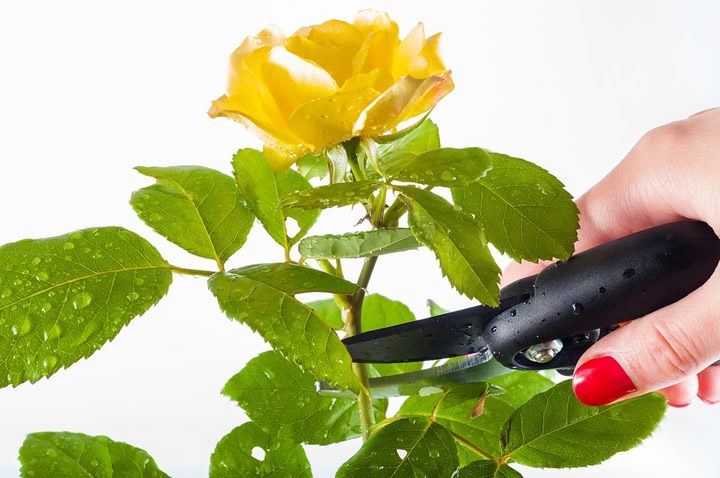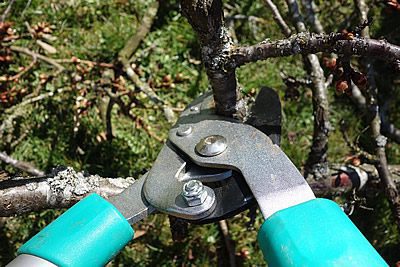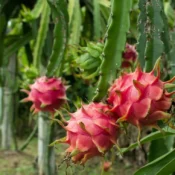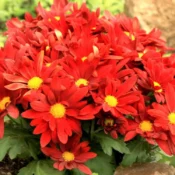In our routine pruning operations, as well as in processes like grafting, we often leave open cut surfaces on plants. These trimmed branches become gateways for fungi and bacteria, which, in many cases, lead to the rotting of parts or even the entire plant. What was intended to beautify the plant can turn into a dreadful nightmare.

Thus, when we prune plant branches, we must always think about making intelligent cuts. This involves making angled cuts so that water doesn’t accumulate on the cut surface. Another important aspect is to always use sterilized and well-sharpened cutting tools. Clean and firm cuts heal much more easily than jagged and rough ones. Choosing the right tool for the right branch makes a difference. Don’t ruin your pruning shears on a woody and tough branch. The tool will get damaged, and the branch will end up mangled. Pruning shears are for flexible and small-diameter branches. For larger branches, it’s better to use a saw.
Finally, a crucial step is applying a pruning sealant to the cut area. Nowadays, for certain species, especially valuable plants like desert roses and bonsais, there’s an incredible hack. It’s simple yet revolutionary. It’s called instant glue. Yes, you heard that right. After thoroughly drying the plant’s sap with tissue paper, a few drops of instant glue are applied and spread with a toothpick on the cut surface. It dries quickly and forms a protective film that shields the branch from contamination. Bet you didn’t know this tip.
For trees and shrubs with abundant and robust branches, it’s worth investing in a homemade sealant. It’s cost-effective, easy to make, can be stored for years, and takes care of your plants by speeding up healing, promoting recovery, and guarding against diseases due to its known fungicidal and bactericidal properties.

For the sealant, you will need:
- A 100 gram jar of solid petroleum jelly (readily available at any pharmacy)
- A 30 gram packet of cinnamon powder
- Propolis tincture drops
Instructions:
-
- 1. Mix the cinnamon powder with the solid petroleum jelly until a homogeneous paste is obtained.
-
- 2. Add 5 drops of propolis tincture and gradually add drops of the tincture until a workable consistency is achieved. The petroleum jelly’s texture can vary depending on the brand. Hence, add the propolis drop by drop until you obtain a pasty texture that doesn’t drip.
-
- 3. Place the prepared paste in a closed container with a lid. Do not use a transparent container to protect the propolis and cinnamon properties from light exposure.
-
- 4. Properly label the container.
-
- 5. Store in a dry and cool place indefinitely.
Apply the pruning sealant right after any type of cut to protect your plants from contamination. Nonetheless, avoid pruning, grafting, or taking plant cuttings during humid and rainy periods. This sealant serves a dual purpose and can also be applied around trunks under attack by leafcutter ants. Since the petroleum jelly doesn’t drip, it creates a barrier that prevents ants from advancing.





